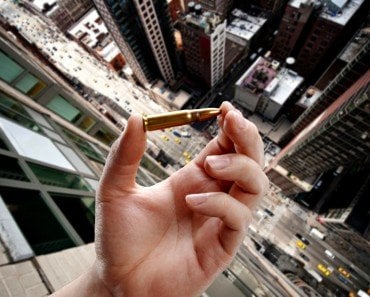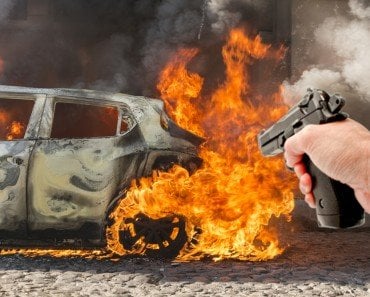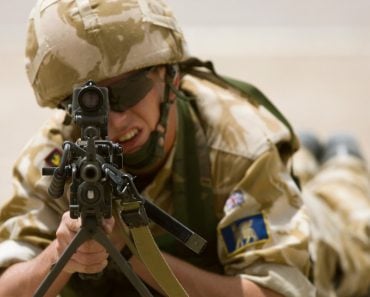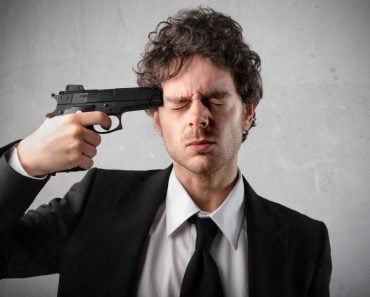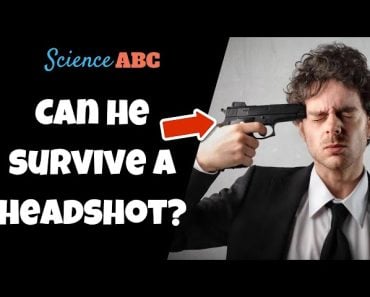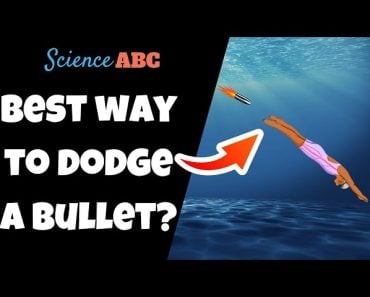Table of Contents (click to expand)
If your gun is well-maintained, relatively new, and not used often enough for wear and tear to affect its safety mechanisms, there is almost no chance of the gun accidentally firing if it is dropped.
Gun safety is critical because guns are heavy, make people nervous, and are quite bulky and awkward to carry. This leads to a high number of guns being dropped each year. This brings us to the question of the day: can a dropped gun go off?
Recommended Video for you:
Physics Of Firing A Gun
When you fire a bullet from a gun, a rather simple process takes place inside. The bullet consists of three parts: the primer, the propellant, and the bullet itself. Upon firing, the primer acts as a fuse, which then lights the propellant (the main accelerator for the bullet). The bullet itself is what rockets out of the barrel of the gun and does the majority of the damage.
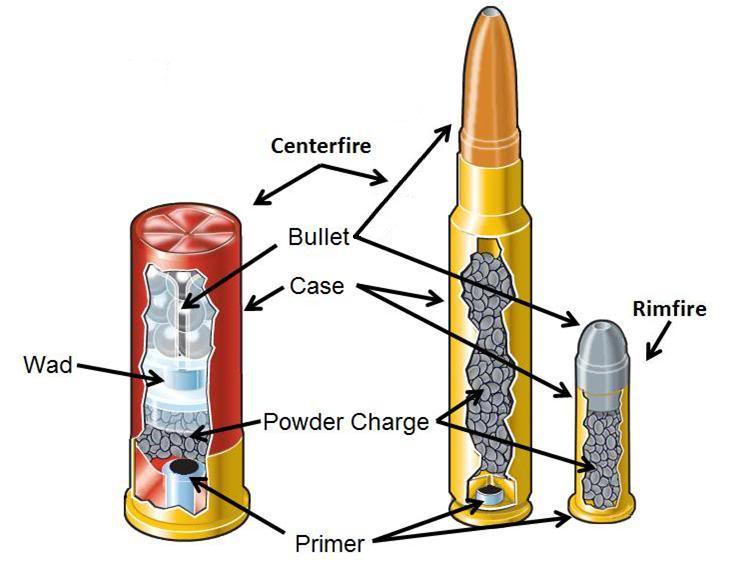
However, in order for a gun to go off, that first step must occur (the primer being ignited), which is where the metal firing pin comes in. A spring-loaded hammer pushes the firing pin into the back of the bullet when you pull the trigger, thus igniting the primer and firing the gun. When you ready the hammer on a gun, poised over a chamber containing a live bullet, you are one finger twitch away from discharging your weapon. So, if you never put your finger on the trigger, your gun is safe, right? Even if you drop it?
The Danger Of Accidental Discharges
The unintentional firing of a gun is known as an accidental discharge. This can occur due to mishandling, improper storage, damaged firearms, overheating, or dropping the gun.
Hollywood has portrayed this idea through comedic and tragic scenes, leading to the misconception that a dropped gun can go off. However, the reality is more complex than this portrayal.
Significance Of The Firing Pin Block
Firearm design, as in every other long-term industry, has evolved and improved over time, and when it comes to guns, a lot of that innovation has been focused on additional gun safety.
Back in the Wild West, it wasn’t uncommon for a cowboy to shoot himself through the holster, or drop his gun off the back of his horse and have it fire when it hit the ground. This is because the shoot-’em-up westerns of the past occurred before the advent of the drop-safety, or firing pin block.
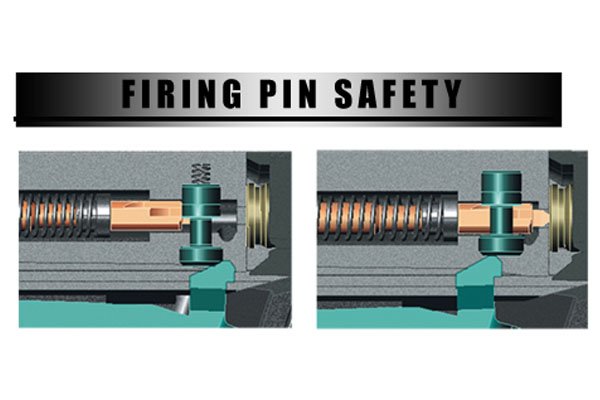
The vast majority of modern handguns come with this “safety”, which isolates the firing pin, not allowing it to slam into the primer, and thus preventing accidental discharges, even if the gun is dropped. In fact, to ensure that guns weren’t being made with this inherent risk, the Gun Control Act of 1968 made drop-safety tests mandatory for gun manufacturers.
That being said, this isn’t true for all guns, particularly “long” guns, like rifles and others used for hunting or precision shooting. These long guns typically don’t have a safety, as their internal mechanism and design is slightly different. These guns do pose a risk of firing when dropped, particularly on the butt of the gun, as that impact can cause the firing pin’s inertia to move it forward, even if the hammer isn’t ready.
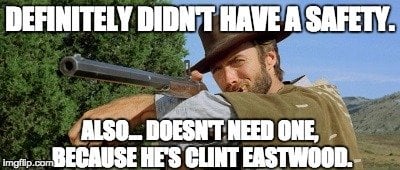
During World War II, there was a lack of understanding regarding drop safeties and proper gun safety measures. Even today, issues persist, such as the sear on a pistol wearing out over time, which is responsible for holding back the hammer. Modern revolvers are considered the safest type of gun in terms of accidental drops, as they have a slide bar between the hammer and firing pin.
In general, if your gun is well-maintained, relatively new (manufactured in the past 10-20 years), and not subject to frequent wear and tear that could compromise its safety mechanisms, the likelihood of it firing when dropped is extremely low.
However, if you’re handling authentic, worn-down Civil War-era weapons and have a known tendency to be clumsy, it’s important to exercise extra caution.
Last Updated By: Ashish Tiwari
References (click to expand)
- Heim, C., Schmidtbleicher, D., & Niebergall, E. (2006, September). The Risk of Involuntary Firearms Discharge. Human Factors: The Journal of the Human Factors and Ergonomics Society. SAGE Publications.
- The Importance of Firing Pin Impressions in the Identification ....
- Heim, C., Schmidtbleicher, D., & Niebergall, E. (2006, July 1). Towards an understanding of involuntary firearms discharges. Policing: An International Journal of Police Strategies & Management. Emerald.


